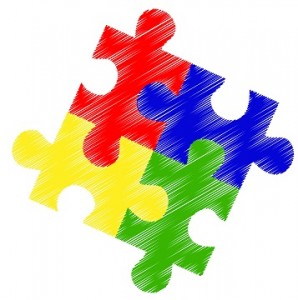 When it comes to fun activities, every child should feel involved and be able to participate at their own skill level. It’s important to keep in mind every child is different with their own specific strengths and interests. It can sometimes be a challenge to have a group activity with multiple children of different skill levels, however with some preparation there are ways to make sure the activities run smoothly. When thinking about adjusting activities, it is important to acknowledge limitations but think about how instead we can work with a child’s strengths. Activities like crafts should be fun for everyone and not a stressful event.
When it comes to fun activities, every child should feel involved and be able to participate at their own skill level. It’s important to keep in mind every child is different with their own specific strengths and interests. It can sometimes be a challenge to have a group activity with multiple children of different skill levels, however with some preparation there are ways to make sure the activities run smoothly. When thinking about adjusting activities, it is important to acknowledge limitations but think about how instead we can work with a child’s strengths. Activities like crafts should be fun for everyone and not a stressful event.
Below are some activities which are specifically tailored to children with autism:
Bubble Letters and Shapes
Learning the alphabet and navigating shapes can be difficult, use this activity to give them a jump-start.
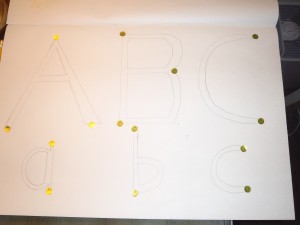
Lacing and Tying your Shoe – Life Skills
With this activity, children can both color their own shoe and learn how to tie their shoes learning important life skills!
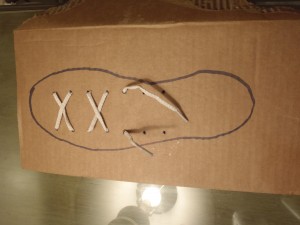
Sensory Activities for Autism
This activity will help provide a coping mechanism as well as provide an opportunity to talk about becoming overwhelmed or dis-regulated.
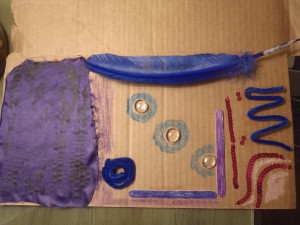
Social Activities for Autism
In this activity, children will work with each other or with an adult to collaborate on an art project and help develop social skills.
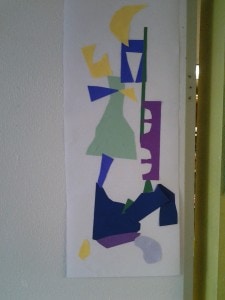
Grocery Shopping Activities – Social Skills
This activity will promote social skills in a simulated shopping activity.
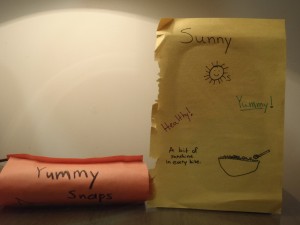
Making Shapes Activities – Motor Skills
This activity will work on creating shapes using construction paper using different types of fine motor skills.
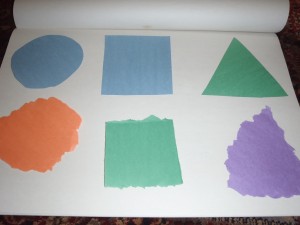
Building a House
In this activity, children will work together to build a house using popsicle sticks.
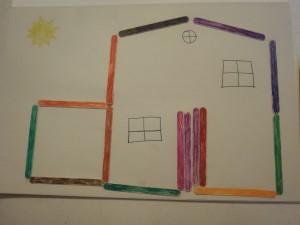
Paper Towel Noise Maker
Some children on the autism spectrum enjoy noises. This activity allows them to control the noise by playing with their personalized noise maker.
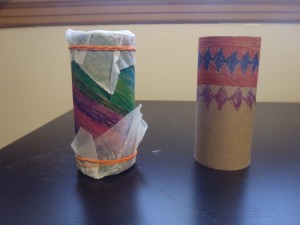
Water World Activities
Some water based tactile activities for children!
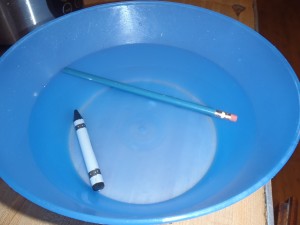
Winter Tactile Games
Some winter themed tactile activities for children!
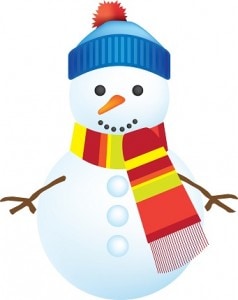
Planting a Flower
In this activity children will learn sensory interaction of playing with the dirt and the process of growing a plant.
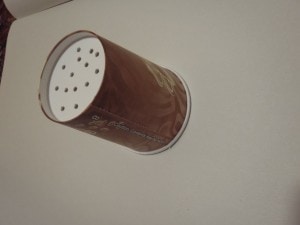
Rocks and Sticks Matching Game
This activity will partner children with adults , or children with children, in an activity designed to foster communication.
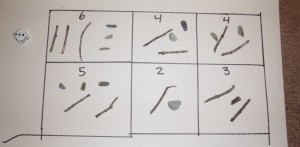
Weather and Dressing Activities
This activity is designed to identify different weather situations and when it is appropriate to wear different clothing and why.
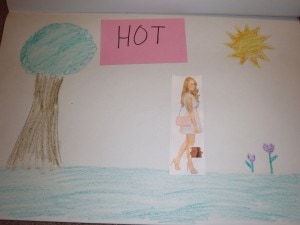
Tips for Choosing an Activity
Crafts and activities contain many different parts which are normally done in a specific order to obtain a final completed result. It is important to keep in mind children with disabilities can participate in virtually every activity as their peers with the proper support. Some children may require 1-1 support while beginning an activity, but as they become more involved in the project they may require less support. Finding a characteristic of an activity a child enjoys, such as gluing or coloring or arranging pieces, can be the gateway to finding other activities they will like.
Modeling the activity step by step can help children who learn best visually. Another way to help children learn visually is to provide directions with pictures and words. This way, children can follow along with the directions. Providing a finished version of the activity also gives children an idea of what it may look like as they put the pieces together. Some children will use these finish versions as a template for how they piece should look and this removes of the anxiety of choosing between many different color options or arrangements.
Some children with disabilities, such as those on the Autism Spectrum, may have difficulty cutting out small pieces or cutting in the lines due to weaknesses with small motor skills or coordination. For crafts involving small paper pieces, taking the additional time to cut out the pieces for children before the activity begins can save time and energy for everyone involved. Other craft supplies such as glue or paint can be put in smaller containers which makes spilling less of a possibility.
As you work to adjust activities for children, the most important thing to keep in mind is the goal of the activity. Is this an activity to keep everyone entertained on a rainy day? Is this activity being used to help tell a story? Is this activity promoting skill development? Things may not always go according to plan and the final product may not be what you had in mind as the leader, but as long as the original goal is being addressed it can be considered a successful project.

Dear Reader: You can help us make this theme even better!
All of our theme ideas have come from our imagination and from reader submissions. Please use this form to contact us if you have crafts, activities, games, recipes, songs or poems that you would like us to add to this theme.
